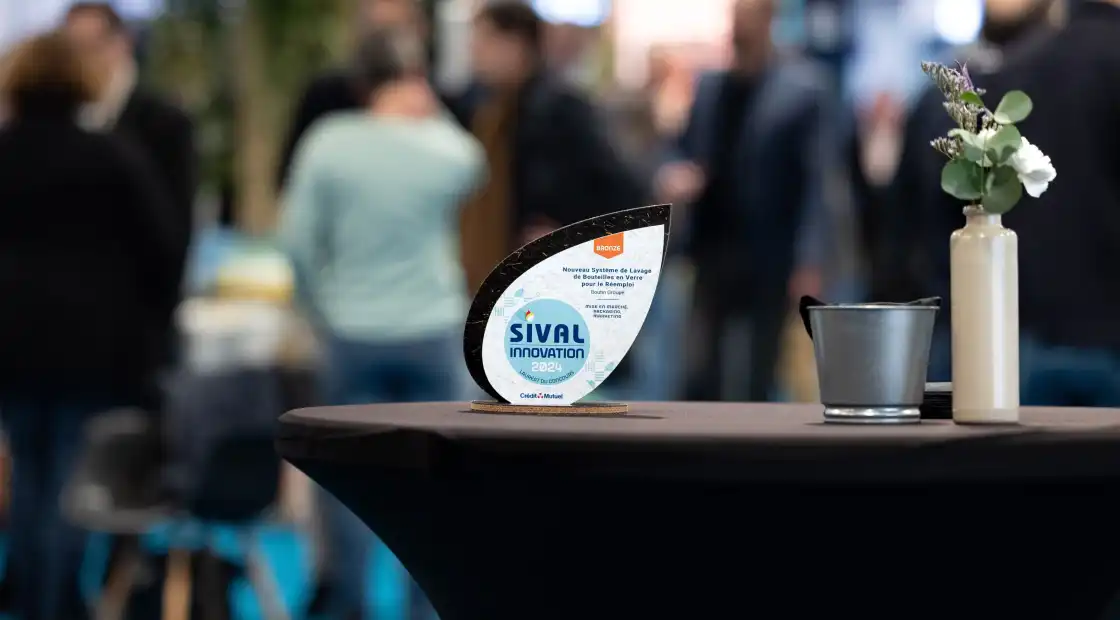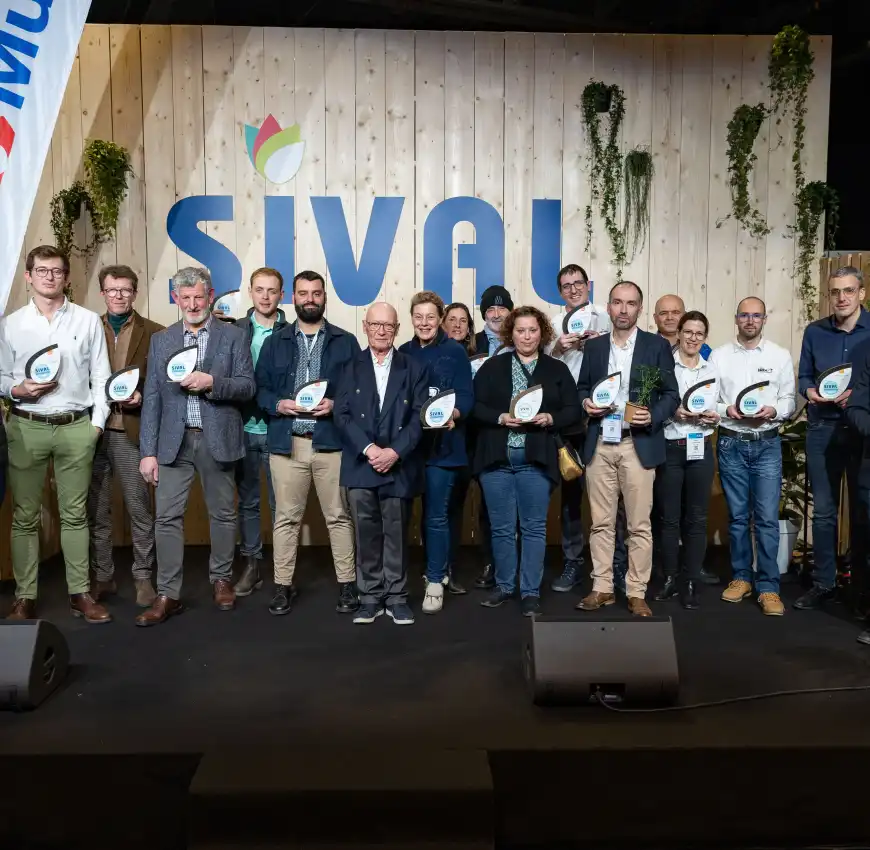SIVAL Innovation 2025: 35 solutions nominated for the competition

SIVAL Innovation 2025: a springboard for innovative solutions applied to specialized plants
The SIVAL Innovation 2025 pre-jury selected 35 solutions for the final phase of the competition. In addition, four innovations deemed promising, but still under development, have been given a wild card. This will enable them to resubmit their applications for the 2026 edition. These decisions illustrate the competition's determination to support an agricultural ecosystem in constant transition. Indeed, it adapts to the expectations of producers and Sectors.
Equipment and tools for connected agriculture at the SIVAL Innovation 2025 competition
Among the most represented categories are production equipment and supplies, with 12 solutions selected. These technologies include tools for regulating greenhouse conditions, such as light, temperature and energy. They also include Integrated Biological Protection (IBP) diffusion systems and solutions for optimizing remote irrigation. Other equipment stands out, such as pruning shears designed to improve user safety. Fruit plants developed for the orchards of tomorrow also bear witness to the technical advances made to meet the specific needs of Sectors.
The digital machinery and tools category illustrates a growing trend towards the integration of connected sensors and analysis tools. Often based on artificial intelligence, these innovations aim to improve precision and efficiency in farm management. They provide producers with useful information to better plan and adjust their decisions according to the data collected.
Innovations for sustainability and farm management
This year, the innovations nominated for the SIVAL Innovation 2025 competition also address issues linked to the sustainability and economic efficiency of farms. Several solutions aim to reduce energy costs and input use, while increasing productivity. In addition, digital tools and equipment can be used to simplify certain tasks. They provide decision-making support and more reliable forecasts.
On the environmental front, solutions to reduce the use of synthetic phytosanitary products stand out. These initiatives include precision weeding equipment and devices to encourage grass cover. In addition, plant varieties developed for their resistance to disease provide concrete solutions. In this way, they meet the challenges posed by the ecological transition and society's expectations for more environmentally-friendly farming practices.
